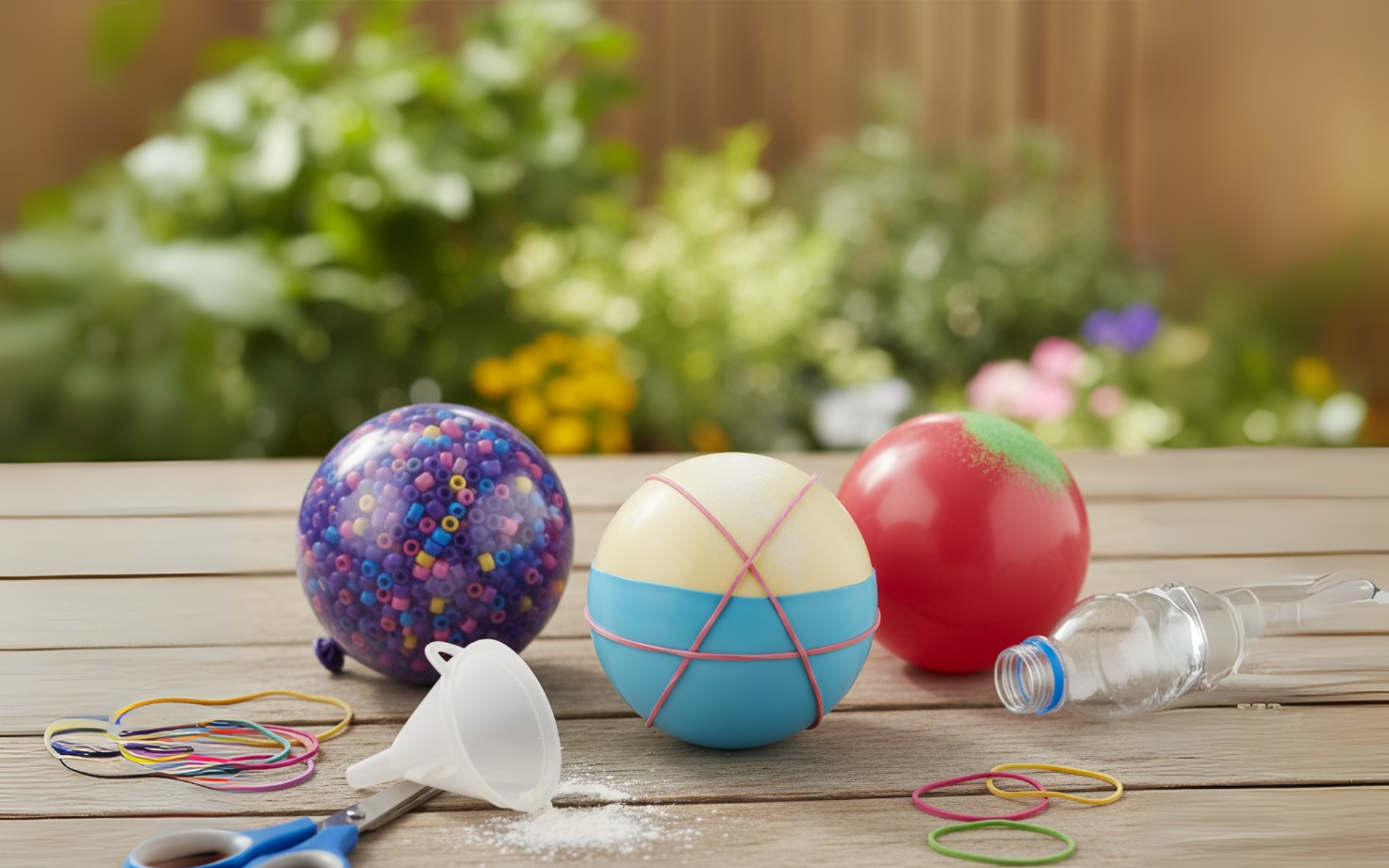When it comes to supporting children with autism, hands-on sensory crafts can be a powerful tool in promoting calm, focus, and engagement. One simple and effective sensory craft you can make at home or in an ABA therapy setting is a DIY Sensory Ball. Not only is this activity fun and inexpensive, but it also aligns beautifully with goals in ABA therapy, autism behavior support, and other ABA services.
What Is a Sensory Ball?
A sensory ball is a soft, squeezable ball filled with materials that provide tactile stimulation. The texture and resistance offer a soothing sensory experience, which can help regulate emotions, reduce anxiety, and improve focus—especially for children with autism or sensory processing challenges.
These balls are often used during ABA therapy sessions as a calming tool or even as a reinforcer during breaks. They’re also a great way for parents and caregivers to bring a bit of autism behavior support into everyday routines.
How to Make a DIY Sensory Ball
Materials:
- 2 balloons (per sensory ball)
- 1 cup of filler (choose one: flour, rice, cornstarch, play dough, or kinetic sand)
- A funnel or a plastic bottle (to fill the balloon)
- Scissors
- Optional: permanent markers, essential oils, or small rubber bands for added texture
Instructions:
- Stretch the balloon to make it easier to fill.
- Use a funnel (or cut the top off a plastic bottle) to pour the filler into the balloon.
- Fill until it’s the size of a tennis ball or smaller.
- Tie the balloon tightly. For durability and safety, cut the neck off a second balloon and stretch it over the first to cover the knot and reinforce the ball.
- Decorate or add texture as desired.
Why Sensory Balls Are Great for Kids with Autism
Promotes Self-Regulation
Many children with autism experience sensory dysregulation. Squeezing a sensory ball can offer calming proprioceptive input, which helps reduce stress and anxiety.
Supports ABA Therapy Goals
During ABA therapy, sensory balls can serve as functional tools—used as reinforcers, transition aids, or during structured sensory breaks.
Improves Fine Motor Skills
Manipulating the sensory ball strengthens hand muscles, improves grip, and enhances dexterity, all of which are crucial developmental goals often addressed in ABA services.
Encourages Focus and Engagement
Sensory play increases attention and can prepare children for more structured learning by helping them regulate their sensory needs.
Cost-Effective and Customizable
Unlike store-bought sensory tools, DIY sensory balls are inexpensive and can be tailored to your child’s specific preferences or sensitivities.
How to Incorporate Sensory Balls into ABA and Home Routines
- Use as a reinforcement tool during preferred activities in ABA sessions.
- Include in a sensory corner at home or in school environments.
- Offer before high-stimulation activities to prevent meltdowns.
- Use as a transition aid between tasks or therapy stations.
DIY sensory balls are more than just fun—they’re a practical, supportive resource for children with autism. Whether used at home or as part of ABA therapy, these simple crafts offer meaningful benefits for sensory regulation, skill development, and emotional support.
If you’re looking for ways to support your child’s sensory needs or enhance your current autism behavior support plan, incorporating sensory crafts like these is a great place to start.
Looking for more sensory-friendly activities or ideas to enhance your autism behavior support strategies? Be sure to explore our other craft tutorials like Sensory Sound Bottles, Soft Fabric Bookmark Buddies, and Glow-in-the-Dark Jellyfish.


